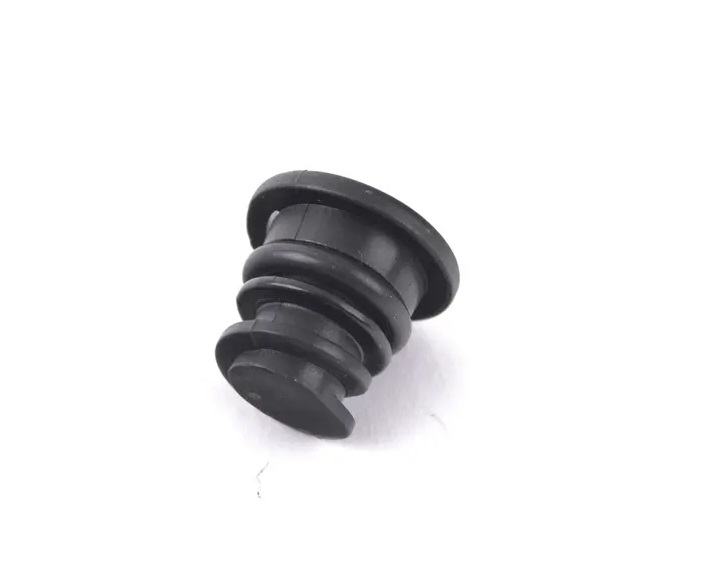Exploring the Benefits and Applications of Metric Oil Seals in Various Industries Today
Understanding Metric Oil Seals Design, Application, and Importance
Oil seals, commonly referred to as shaft seals, are critical components in various mechanical systems. Among the various types of oil seals, metric oil seals have gained prominence due to their precision engineering and compatibility with international standards. As industries continue to globalize and seek efficiency, understanding the design, application, and significance of metric oil seals becomes essential.
Design and Features of Metric Oil Seals
Metric oil seals are specifically designed to fit shaft diameters dictated by the metric system. They come in a wide range of sizes, materials, and designs to meet the diverse needs of numerous applications. The key components of a metric oil seal include the sealing element, the metal casing, and sometimes, additional springs to enhance sealing capabilities.
The sealing element, often made from elastomers such as nitrile rubber (NBR), fluorocarbon rubber (FKM), or silicone, plays a crucial role in preventing the leakage of lubricants while keeping dirt and contaminants out. The choice of material depends on the operating environment, including temperature ranges and the type of fluids being sealed.
Metric oil seals can also feature different designs, such as single lip or double lip configurations. Single lip seals are typically used in applications where there is minimal contamination, while double lip seals provide an extra layer of protection, making them suitable for harsher environments.
Applications of Metric Oil Seals
Metric oil seals are utilized in a myriad of applications across various industries. In the automotive sector, they are integral to engines, gearboxes, and differentials, ensuring that oil remains contained within critical components. This containment not only prolongs equipment life but also enhances overall performance.
metric oil seals

In the manufacturing domain, metric oil seals are used in pumps, compressors, and hydraulic systems
. Their ability to maintain a sealed environment is crucial for the efficient operation of these systems, preventing fluid loss and protecting against external contaminants. The pharmaceutical and food processing industries also rely on metric oil seals for equipment that requires stringent hygiene standards, where any leakage can lead to contamination.Importance of Metric Oil Seals
The significance of metric oil seals cannot be overstated. They contribute to the efficiency and reliability of mechanical systems, ultimately impacting the bottom line for businesses. By preventing fluid leaks, metric oil seals reduce the need for maintenance, minimize downtime, and enhance system performance.
Moreover, the global standardization of metric dimensions allows for easier interchangeability and sourcing of components. This standardization is particularly beneficial for manufacturers and engineers who require precise measurements to optimize design and functionality. As industries become increasingly interconnected, the demand for high-quality, standardized components like metric oil seals continues to grow.
In addition to their operational importance, metric oil seals also play a role in environmental conservation. By containing lubricants and other fluids, they help prevent spills and leaks that can harm the environment. With stricter regulations and a growing emphasis on sustainability, the role of oil seals in ensuring operational integrity and reducing environmental impact is more critical than ever.
Conclusion
Metric oil seals are an indispensable element of modern mechanical systems, blending innovation, efficiency, and environmental responsibility. Their ability to provide effective sealing solutions across various applications makes them a vital component in industries ranging from automotive to pharmaceuticals. As technology advances and global standards evolve, understanding their design, application, and significance will remain paramount for engineers and manufacturers alike.
-
Understanding the Front Main Engine Seal: Purpose, Maintenance, and Installation
News Jul.29,2025
-
Understanding O-Rings and Seal Rings: Types, Applications, and Custom Solutions
News Jul.29,2025
-
Understanding Crankshaft Oil Seals: Rear Seals, Pulley Seals, and Their Role in Engine Integrity
News Jul.29,2025
-
The Importance of Front and Rear Crankshaft Seals in Engine Performance and Oil Management
News Jul.29,2025
-
Crank Oil Seals: Functions, Types, and Cost Considerations in Engine Maintenance
News Jul.29,2025
-
A Comprehensive Guide to O-Rings and Seals: Types, Materials, and Global Applications
News Jul.29,2025
-
Mastering Diesel and Performance Engine Maintenance: A Guide to Critical Oil Gaskets
News Jul.28,2025
Products categories















